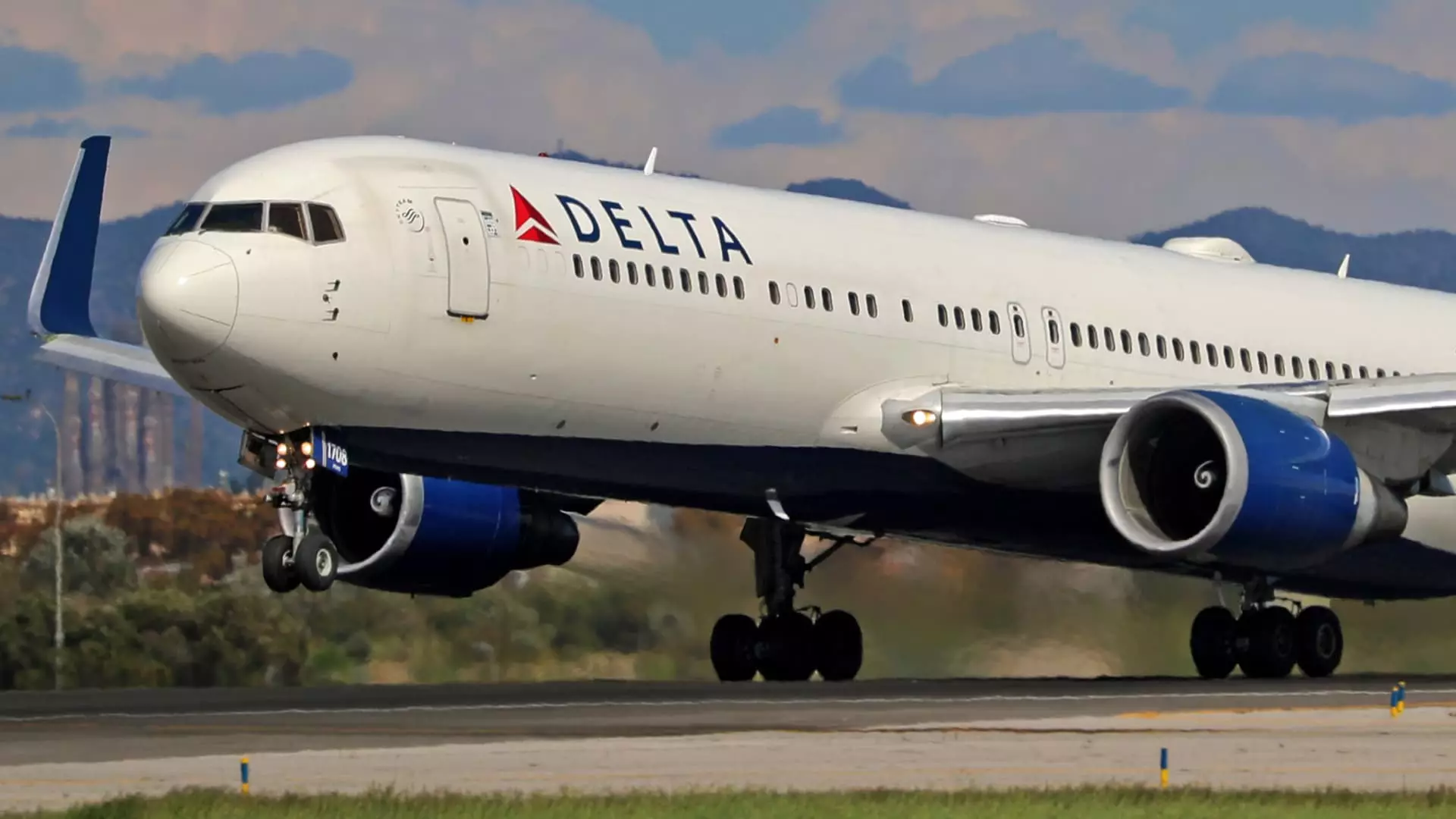The airline industry, a cornerstone of global connectivity and commerce, now finds itself navigating a turbulent sea of challenges. As we delve into the current landscape, it’s impossible to ignore the multitude of factors converging to create a perfect storm. From a waning appetite for travel to mass government layoffs echoing a broader economic malaise, the signs are growing ominous. Analysts and industry insiders alike are voicing concerns that the once-sunny skies above the aviation sector may be clouding over. Gone are the days when travel was the indomitable priority among consumers; now, even the most dedicated travelers are slashing their plans as various economic pressures mount.
Shifting Consumer Behavior
The astute observer might note a worrying trend: travelers who once unfalteringly prioritized lavish experiences and long vacations are now pulling back. Mass layoffs, skyrocketing prices, and global unrest have changed the travel narrative. Indeed, the latest figures suggest a 13% decline in international bookings for U.S.-Europe trips from last year, a statistic that reveals a disquieting shift in consumer behavior. It’s a stark reminder that when economic winds shift, so too do the priorities of the public, and travel no longer sits at the top of the list. It begs the question: can the industry weather this change in consumer sentiment, or are we witnessing the beginning of a prolonged downturn?
The Financial Fallout
Investors have begun to panic, and rightly so. Airline stocks have nosedived, with major players like Delta, American Airlines, and United experiencing staggering losses of 38%, 45%, and 40% respectively. The stock market’s reaction reflects ingrained fears of an industry in decline, as analysts frantically adjust their outlooks and price targets. While the immediate sell-off may appear disproportionate, the collective anxiety paints a vivid picture of how much trust has eroded in this sector. The severe lack of consumer confidence could foreshadow long-term peril for airlines, whose bottom lines are largely dependent on a steady stream of passengers. The dynamics that buoyed the airlines post-pandemic seem to be fading fast, leaving many to wonder whether this trend will continue.
Government Interventions and Their Consequences
Compounding the precariousness of the airline industry are the sweeping government layoffs and ongoing tariff battles initiated by the Trump administration. It’s essential to understand that these policies don’t merely strangle the airline industry; they can choke off essential revenue streams, such as government travel. While this segment accounts for just a small fraction of an airline’s revenue, it can significantly impact the financial health of these companies when multiplied across the board. The even broader implications of an isolationist economic policy only amplify these concerns. With the air travel industry built on global cooperation and accessibility, any steps backward inevitably ring alarm bells throughout the sector.
The Question of Premium Travel
One ray of hope amid the gloom is the resilience of premium travel. Frequent flyers, particularly high-income customers willing to pay top dollar for roomier seats, have historically bolstered profitability for airlines. There are doubts, however, about whether this segment can sustain its momentum in the face of a potentially constricted economic landscape. Experts like Raymond James analyst Savanthi Syth question whether airlines can stimulate demand effectively. Promising attractive point redemptions and flexible packages are strategies that may work, but they do not guarantee the kind of yields necessary for the industry to thrive. It’s a precarious balancing act that airlines must perform to keep their cabins full.
A Call for Adaptation and Resilience
As the airline industry grapples with these challenges, one truth remains: adaptability is crucial. Just like any organism facing an existential threat, airlines must reconsider their strategies in this new marketplace defined by uncertainty. The question is whether they can pivot quickly enough to meet shifting consumer expectations while still managing operational costs effectively. Fallacies peddled by some shallows of optimism won’t suffice; authenticity and strategy are needed now more than ever. Without a robust, consumer-centric approach and a willingness to innovate, airlines may find themselves floundering far longer and deeper than they anticipate.
In these stormy skies, the true character of the airline industry will be tested. Will it rise to the occasion, or will it become a cautionary tale in the annals of business? Only time will tell.

